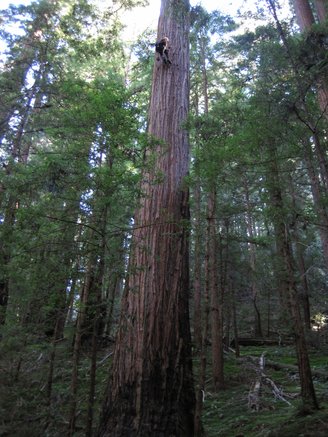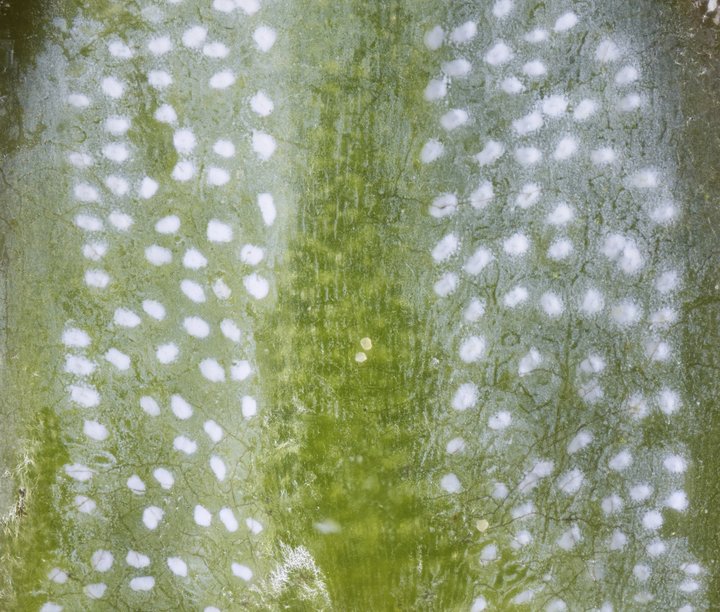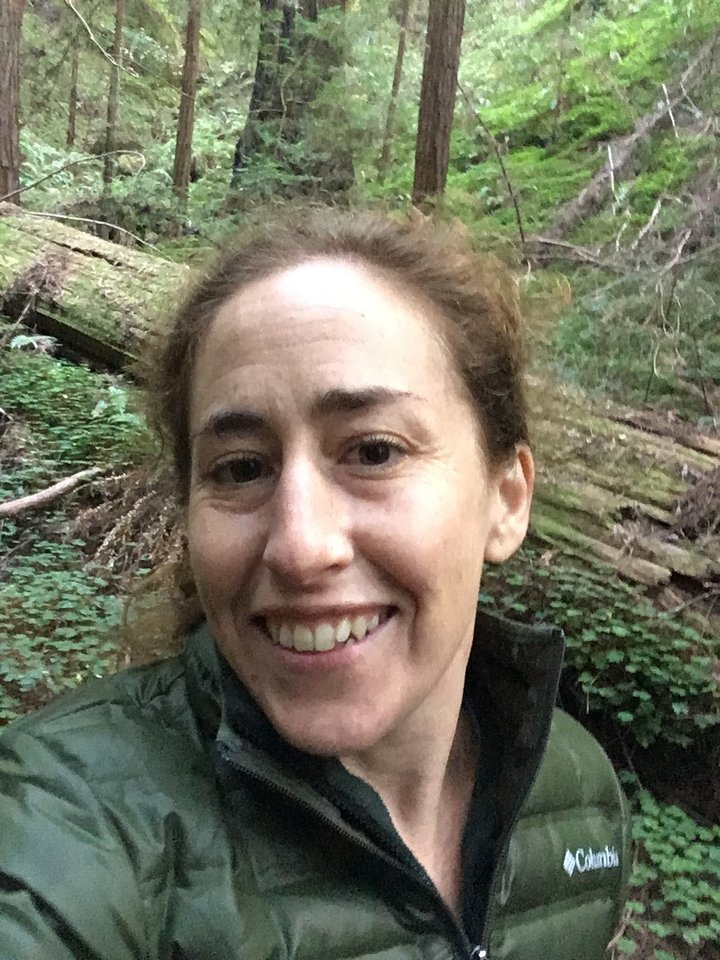Peripheral (left) and axial (right) redwood leaves. | Photos provided by UC Davis
California’s coastal redwoods are even better adapted for local climates than scientists previously realized, according to a new study published in the American Journal of Botany.
The study, authored by researchers at UC Davis and Cal Poly Humboldt, shows that redwood trees use two different types of leaves to manage their sunlight and water intakes.
“Redwoods are among the most well-studied trees on the planet, and yet their mysteries continue to surprise and delight scientists and nature lovers,” UC Davis stated in a March press release.
While peripheral redwood leaves function like most tree leaves, converting sunlight into sugar (tree food) through photosynthesis, axial redwood leaves reportedly serve an entirely different purpose. According to the study, these axial leaves are almost exclusively dedicated to absorbing water and do very little to aid in photosynthesis. The tree’s axial leaves are so effective at absorbing moisture, a large redwood with 100 million leaves can reportedly soak up as much as 14 gallons of water in one hour.
“I’d be surprised if there weren’t a lot of conifers doing this,” the study’s lead author Alana Chin, a Mendocino County native, said. “Having leaves that aren’t for photosynthesis is in itself surprising. If you’re a tree, you don’t want to have a leaf that’s not photosynthesizing unless there’s a very good reason for it.”
This variation in leaves was discovered while researchers were conducting a first-of-its-kind study that estimated how much water a mature redwood tree could absorb through its crown. The redwood shoot clusters used in the study were collected from six redwood trees in five forest locations between Del Norte County and the Santa Cruz Mountains.
Researchers say the dual-leaf system may aid redwoods in the photosynthesis process. While some tree leaves can become inundated by excess water in the rainy season, limiting their potential to absorb sunlight, the peripheral redwood leaves were found to have a waxy coating, which slows water absorption and may help the trees photosynthesize year-round.
Wax on redwood leaf surface.
The study also found that redwood trees have the ability to shift the placement of these leaf types, allowing the trees to thrive in wet and dry regions of Northern California and Southern Oregon. For example: In temperate rainforests, the peripheral sun-absorbing leaves are found in the highest redwood branches and the axial water-absorbing leaves are found in the lower branches — a strategy that allows the trees to absorb more sunlight. In drier regions, researchers found the opposite: water-absorbing leaves in the upper branches and photosynthesizing leaves below. The study suggests that this allows the trees to collect more water from rain and fog.
“The cool thing here is their ability to thrive under all these circumstances and adjust themselves to these different environments,” Chin said. “That things like this can be happening right under our nose in one of the best-studied species out there — none of us assumed this would be the story.”
Cal Poly Humboldt Professors Stephen Sillett and Lucy Kerhoulas, and Equipment Technician for the university’s College of Natural Resources and Sciences Marty Reed co-authored the study.
Lead author of the study Alana Chin.




CLICK TO MANAGE